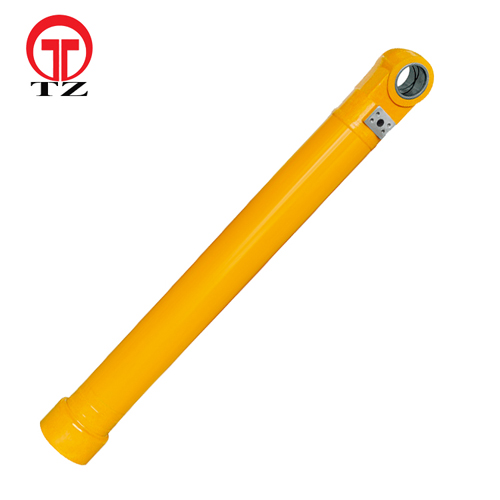If you work in the construction or mining industry, you are likely familiar with bucket cylinder assemblies. These hydraulic components are essential for heavy machinery that relies on hydraulic systems to operate, chẳng hạn như máy xúc, máy xúc lật, và các trình tải phía trước.
The bucket cylinder assembly is an essential part of an excavator’s attachment system, providing the hydraulic power needed to open and close the bucket. Let’s explore the main components and working of hydraulic bucket cylinders.
When it comes to selecting a bucket cylinder assembly, điều cần thiết là chọn một cái được thiết kế riêng cho máy của bạn và mục đích sử dụng. Việc lắp ráp không đúng hoặc lắp kém có thể dẫn đến giảm hiệu suất, rò rỉ, và cả những thất bại thảm hại. Ngoài ra, a quality cylinder assembly should choose through leading BUCKET cylinder assembly manufacturer.

Các thành phần của cụm xi lanh xô
- Ống xi lanh – The outer cylinder body that houses the internal components and contains the hydraulic fluid under pressure.
- pít tông – A circular disc inside the cylinder tube that divides it into two chambers. Separates the high pressure and low pressure parts of the system.
- Thanh pít-tông – A solid rod that extends out of one end of the cylinder and is attached to the piston. Nó truyền lực đẩy hoặc kéo.
- Con dấu – Rubber rings that prevent leakage of fluid past the piston and rod.
- Giá đỡ – Metal brackets used to attach the cylinder to the bucket and carriage.
Làm việc của xi lanh xô
Khi chất lỏng thủy lực được điều áp đi vào một bên của ống xi lanh, it applies force on the piston causing the piston rod to extend. Điều này đẩy khớp trên thanh chống lại một khung trên cơ chế đóng thùng xô, buộc xô mở.
Khi chất lỏng đi vào phía bên kia của xi lanh, thanh piston rút lại. Điều này kéo khớp gắn vào nó, lần lượt kéo chuỗi hoặc liên kết được kết nối với cơ chế đóng thùng xô, khiến thùng đóng lại.
